PODCAST Two stories of outrageous hoaxes perpetrated upon New Yorkers in the early 19th century.
New Yorkers can be tough to crack, maneuvering through a rapidly changing, fast-paced city. But they can, at times, also be easily fooled.
In this episode, we explore two of the wackiest stories in early New York City history, two instances of tall tales that got quite out of hand.
While both of these stories are almost two centuries old, they both have certain parallels to modern-day hucksterism.
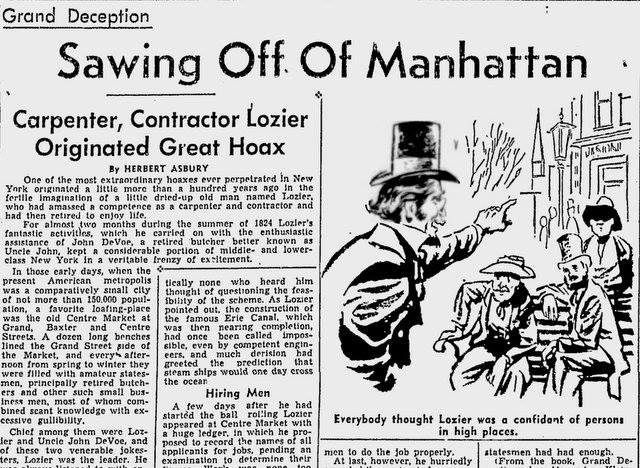
In the 1820s, the Erie Canal would completely change the fortunes of the young United States, turning the port city of New York into one of the most important in the world.
But an even greater engineering challenge was necessary to prevent the entire southern part of Manhattan from sinking into the harbor! That is, if you believed a certain charlatan hanging out at the market…..
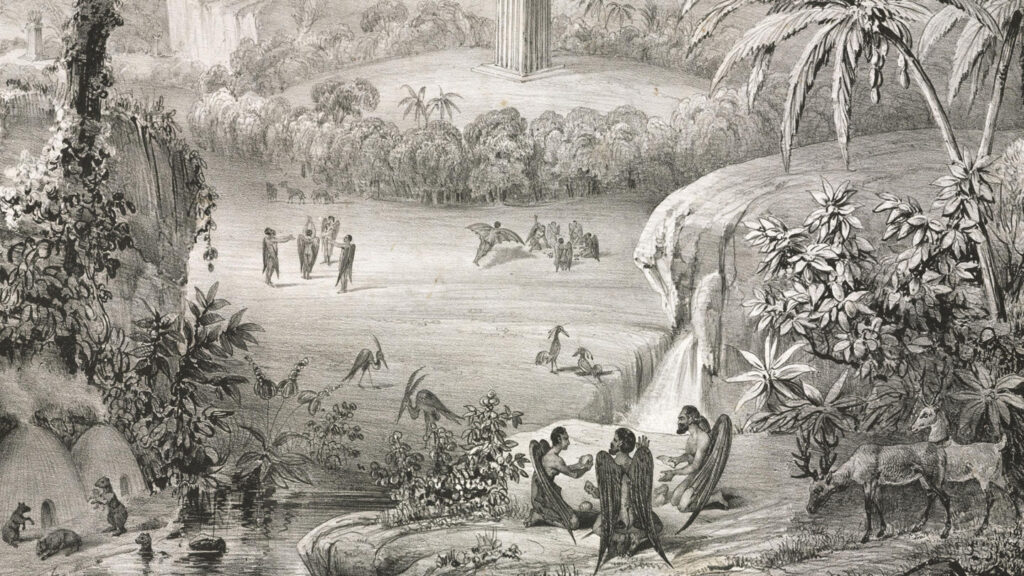
One decade later, the burgeoning penny press would give birth to another tremendous fabrication and kick off an uneasy association between the media and the truth.
In the summer of 1835 the New York Sun reported on startling discoveries from one of the world’s most famous astronomers. Life on the moon! Indeed, vivid moon forests populated with a menagerie of bizarre creatures and winged men with behaviors similar those of men on Earth.
Listen here or stream/download the episode from your favorite podcast player:
The Bowery Boys: New York City History podcast is brought to you …. by you!
We are now producing a new Bowery Boys podcast every other week. We’re also looking to improve and expand the show in other ways — publishing, social media, live events and other forms of media. But we can only do this with your help!
We are now a creator on Patreon, a patronage platform where you can support your favorite content creators.
Please visit our page on Patreon and watch a short video of us recording the show and talking about our expansion plans. If you’d like to help out, there are six different pledge levels. Check them out and consider being a sponsor.
We greatly appreciate our listeners and readers and thank you for joining us on this journey so far.
New York in 1823, as seen from Brooklyn. Does it look a little, uh, heavy to you, like it might be sagging into the harbor?
The harbor in 1825, at the opening of the Erie Canal, which changed the financial fortunes of New York and America in general. If man could carve a canal into the continent, couldn’t they also just move a little part of a island and move it around?
A view of Castle Clinton and the Battery in 1825. Had the island been severed and moved around, what would have become of Manhattan’s most famous fort?
And here’s an illustration of Wall Street as it may have looked in 1825.
Benjamin Day, the publisher of the New York Sun, who literally opened up the pages of his newspaper to the heavens.
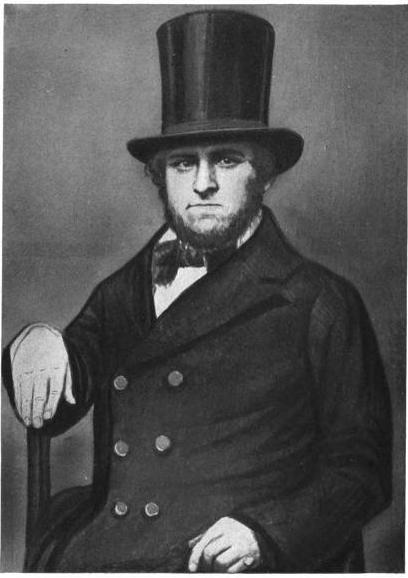
The Moon Hoax articles of 1835 were reprinted in several papers, and the New York Sun even sold lithographs. Here are some images from those publications:
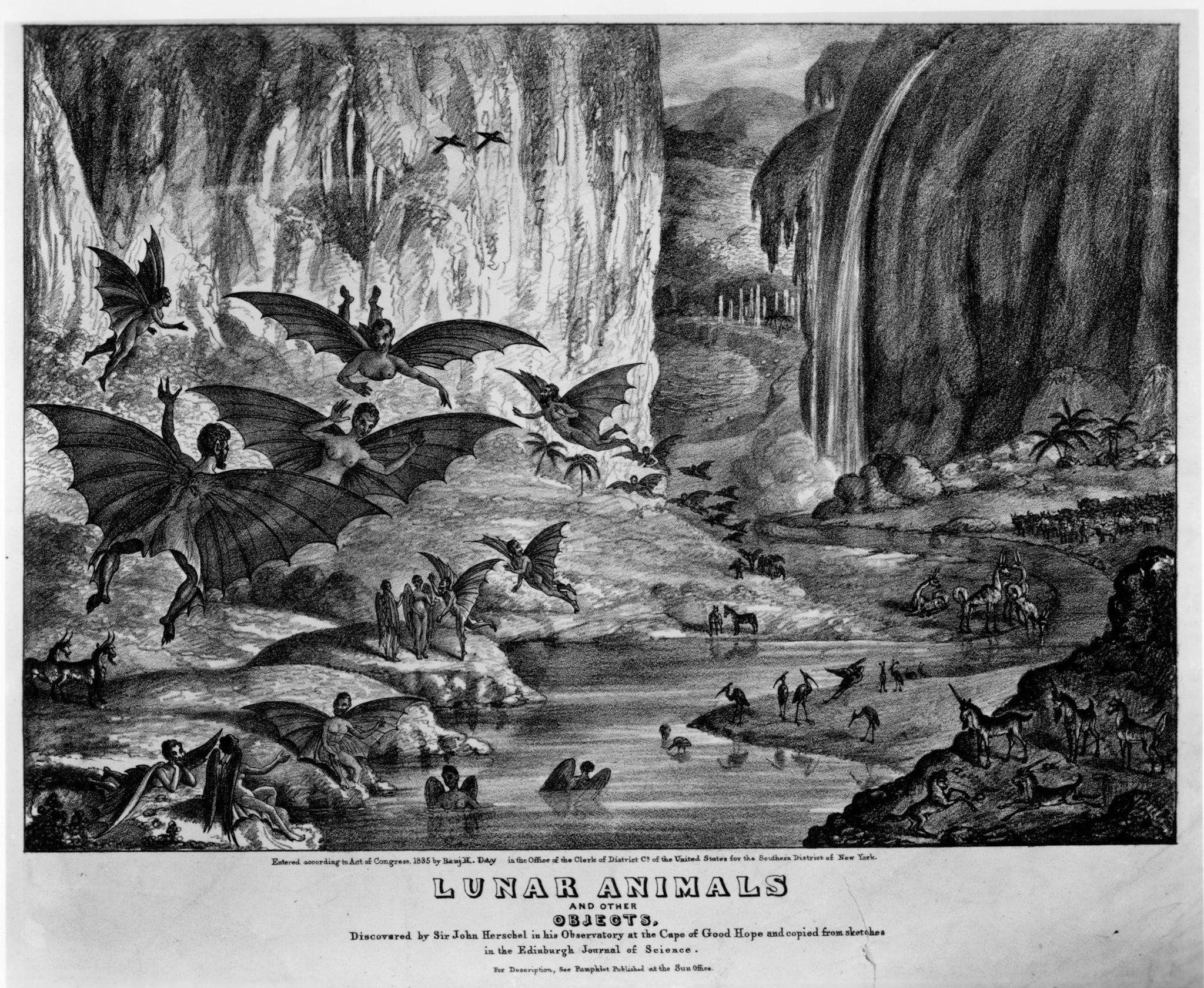
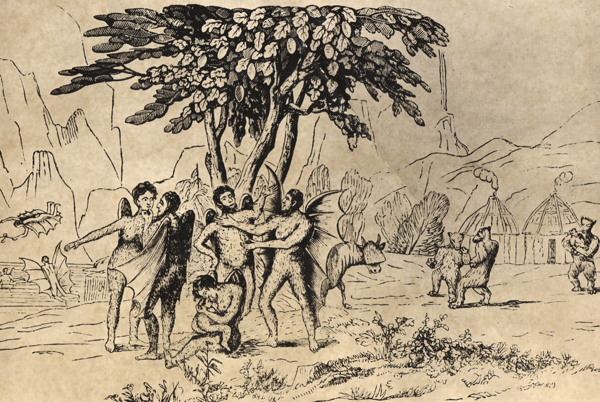
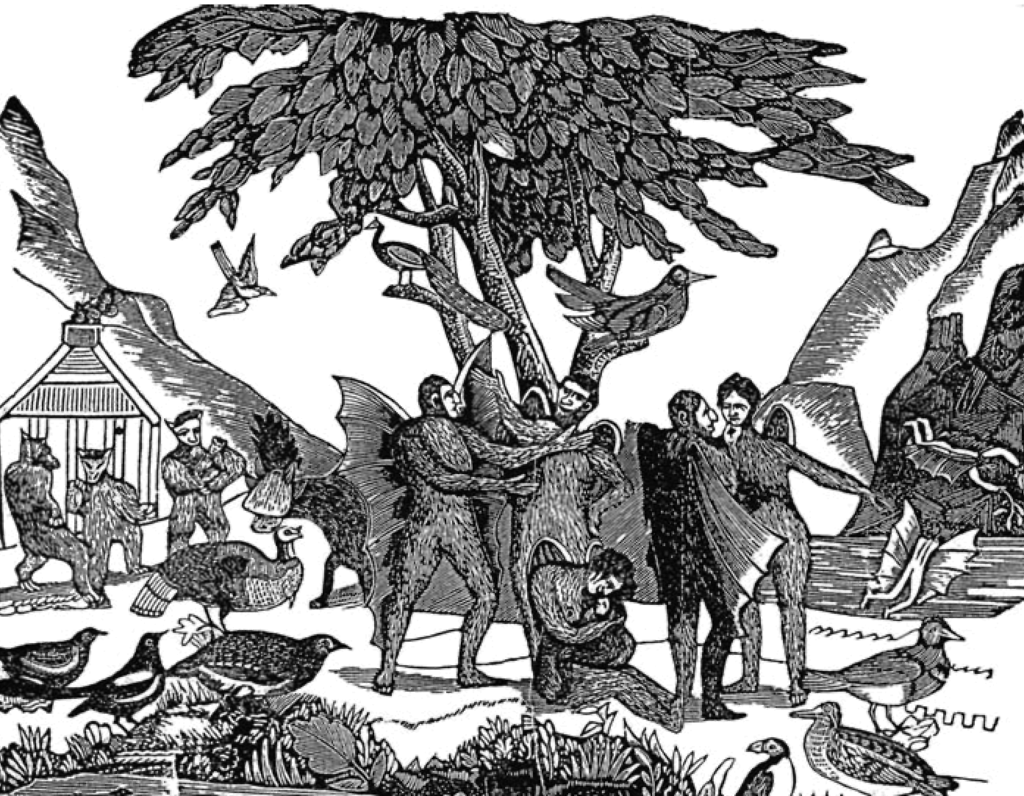
A 1838 print by the Thierry Brothers
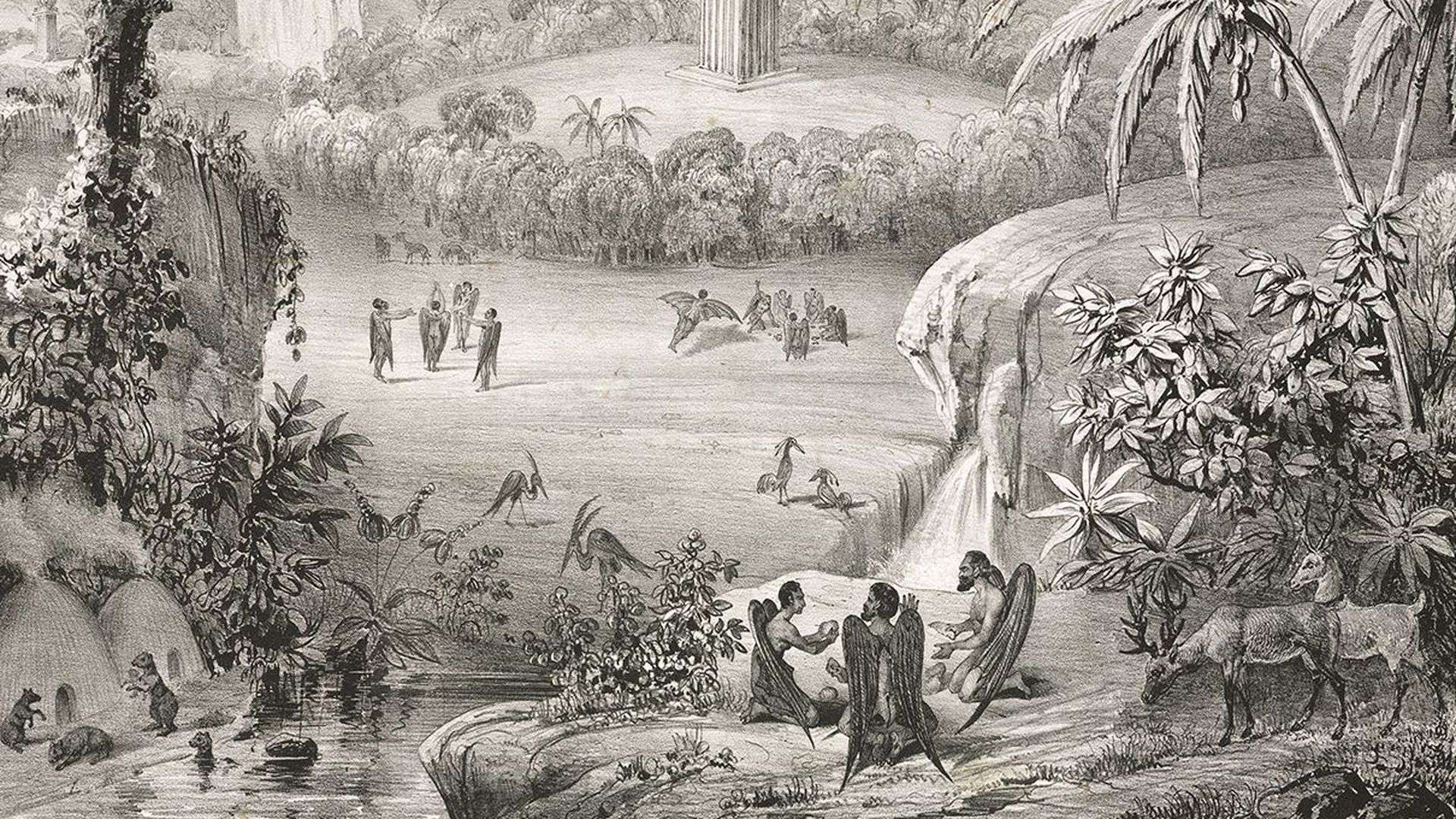
An illustration featuring the moon bison!
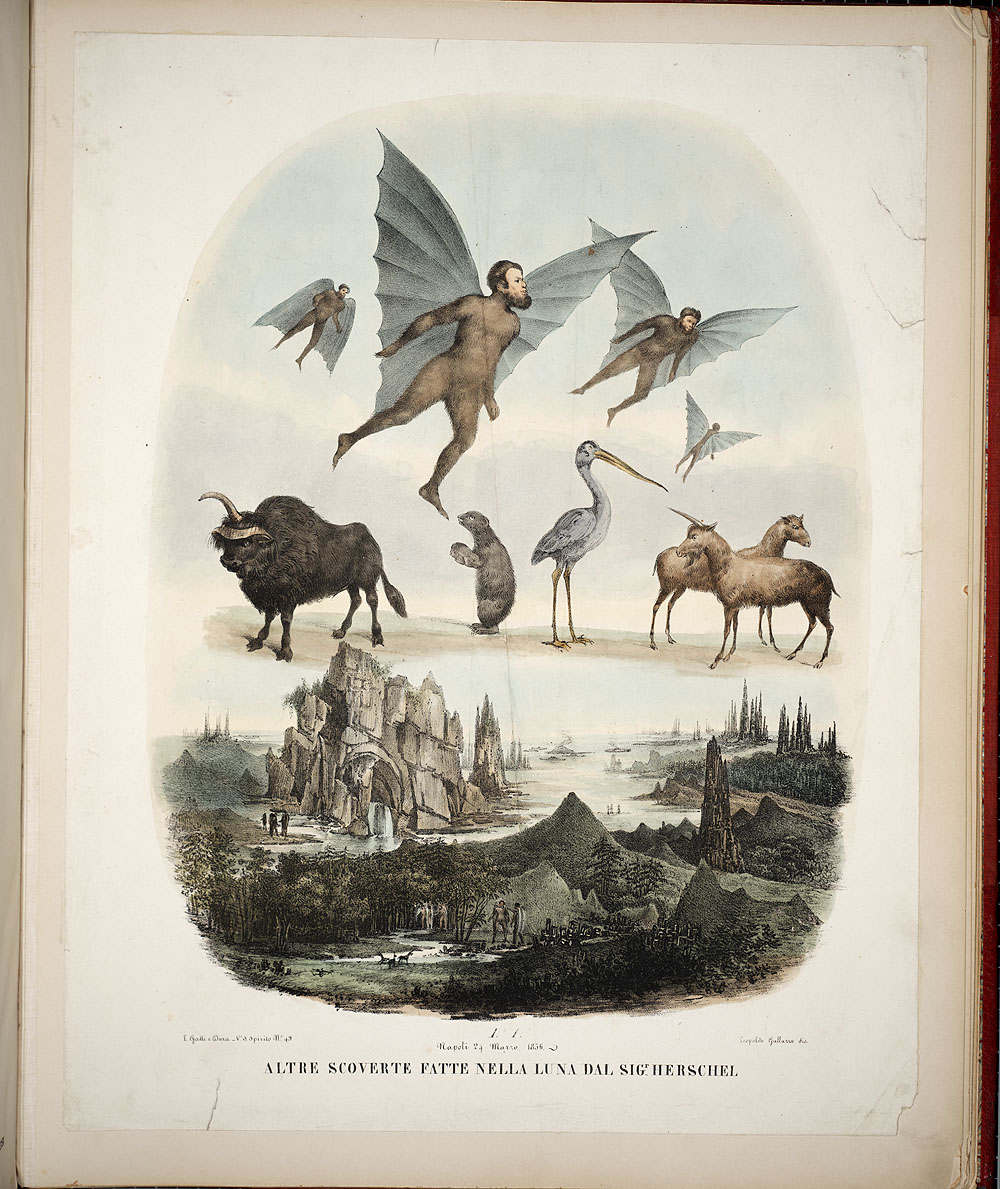
For more information on the Moon Hoax, visit the excellent presentation by the Museum of Hoaxes and of course Matthew Goodman’s The Sun and the Moon.

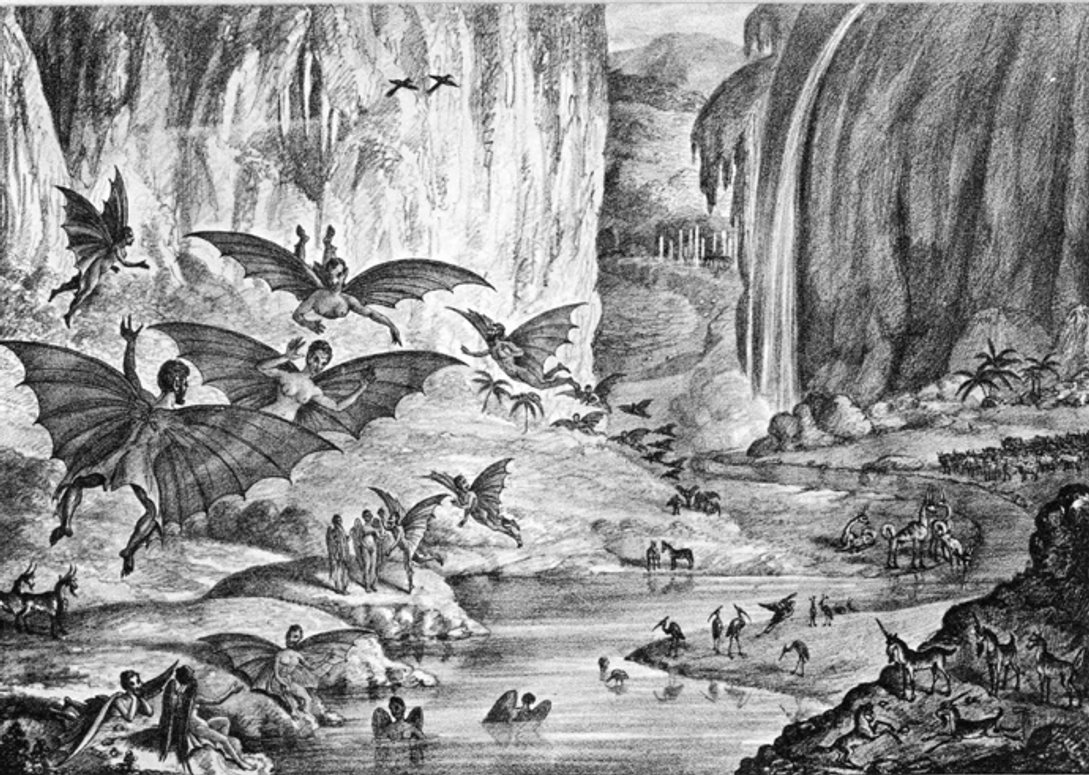
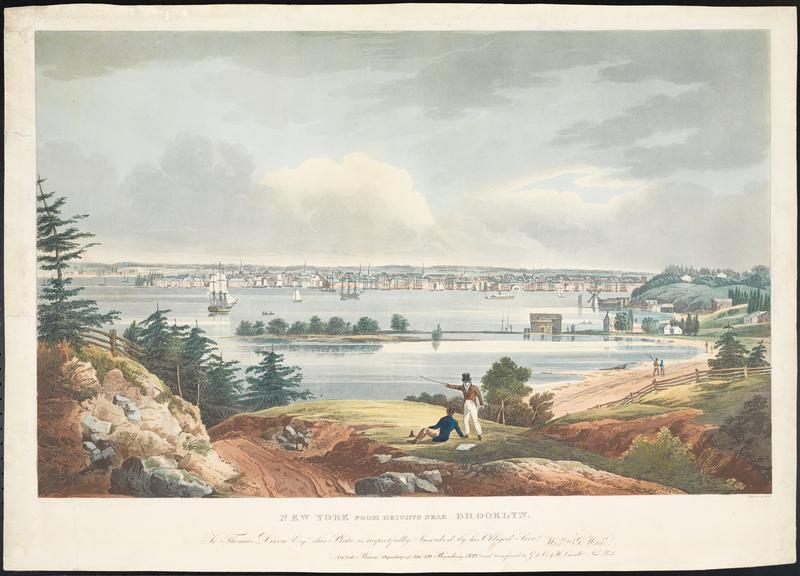
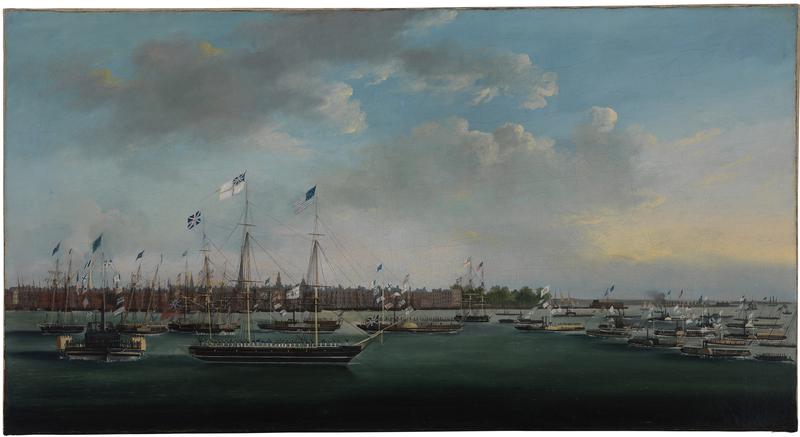
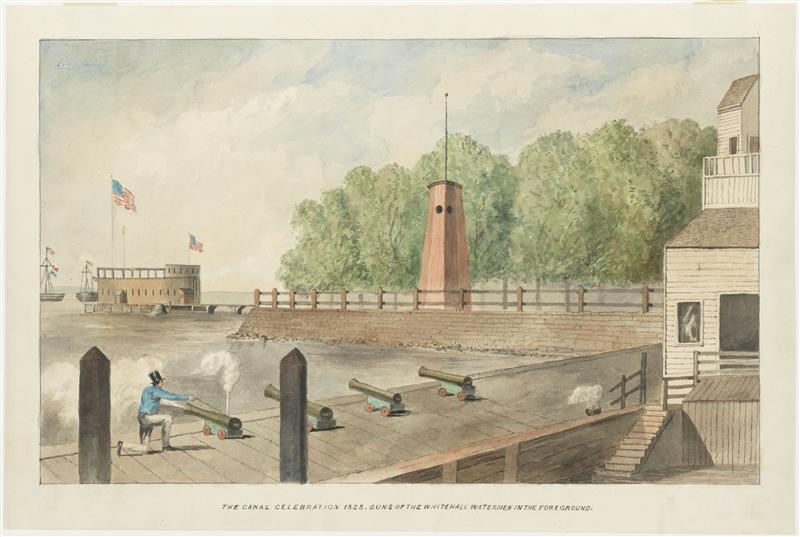
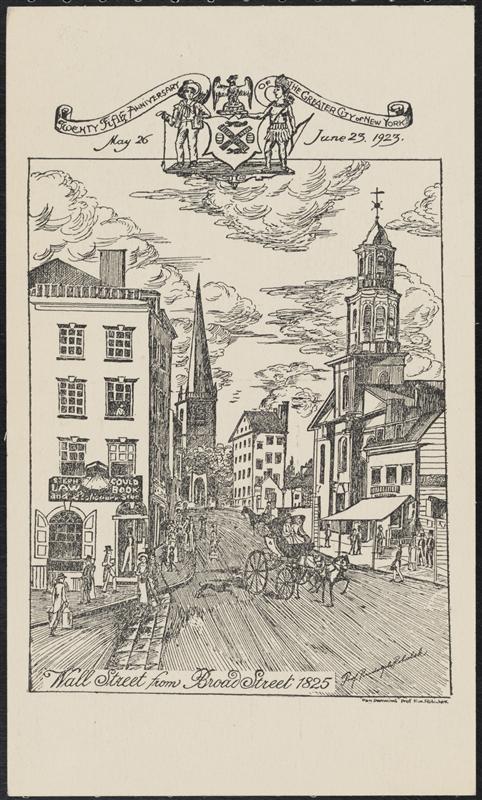
2 replies on “Strange Hoaxes of the 19th Century: Mischief from Manhattan to the Moon”
Just gave this a relisten this morning…so glad I looked here. LOVE the illustrations, thank you
The Mercury Theater broadcast of “The War of the Worlds” was not a hoax. It was announced at the beginning and during the program that this was a drama. Further, few people listened to the show. It was unsponsored (so CBS affiliates were not obligated to carry it) and it was up against one of the most popular shows on radio, The Chase and Sanborn program with Edgar Bergen (Candice’s dad) and Charlie McCarthy. Problem was they had an opera signer on that week and a lot of people stared station “surfing” just at the point the Martians came out of their craft. People went out and asked neighbors or called around on the phone to try and figure out what was happening. That was the start of a very limited panic (overblown by the newspapers). See “The Invasion From Mars” by Handley Cantril. Fearing government sanctions and additional regulations, CBS tried to play down the so called panic. Later, they tried play it up to use it as a demonstration of the power of radio.